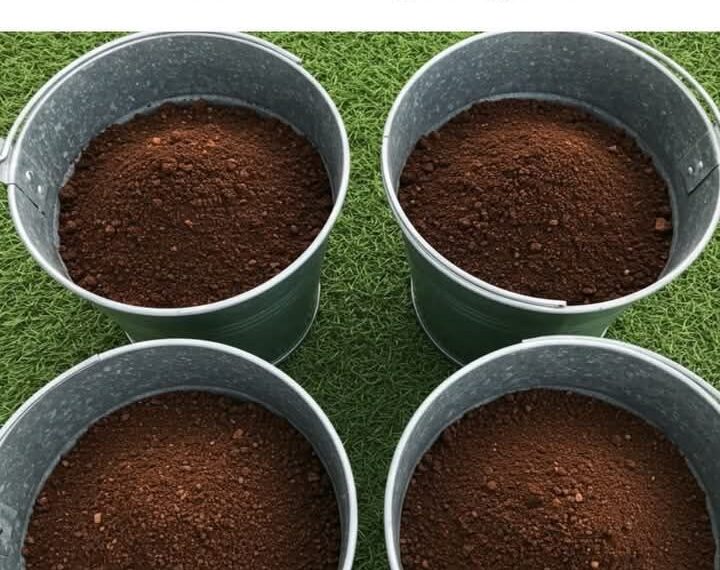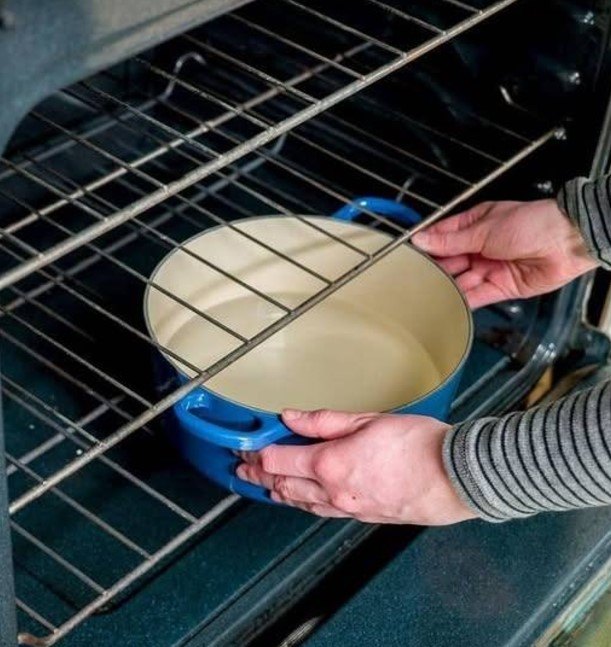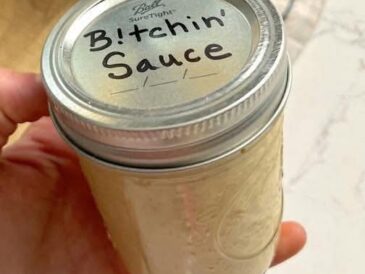That morning cup of joe leaves behind a secret weapon for your garden! Instead of sending those used coffee grounds to the landfill, discover their incredible potential to boost your plants’ health and productivity. Reusing coffee grounds is not only eco-friendly but also a fantastic way to enrich your garden naturally. Let’s explore ten clever ways to turn your coffee waste into gardening gold!
🌱 Why Your Plants Will Love Coffee Grounds
Coffee grounds are a treasure trove of nutrients, including nitrogen (essential for leafy growth!), potassium, phosphorus, magnesium, and trace minerals. These compounds are fundamental for plant health and robust growth. In addition to nutrients, coffee grounds also enhance soil structure by improving aeration, increasing organic matter, and aiding in water retention. The grounds contribute to microbial activity in the soil, which improves nutrient availability and supports root health. Their slight acidity is also helpful for acid-loving plants, such as tomatoes, blueberries, hydrangeas, and azaleas.
Adding coffee grounds to your garden is a sustainable practice that aligns with organic gardening principles and zero-waste living. It reduces household waste while providing plants with an all-natural source of nutrients. Whether you’re an urban gardener with container plants or tending a large vegetable plot, coffee grounds can offer a multitude of benefits.
☕ 10 Fantastic Ways to Reuse Coffee Grounds in Your Garden
1. Boost Soil Fertility
Used coffee grounds act as a slow-release fertilizer, rich in nitrogen, which is vital for healthy leaf and stem growth. Sprinkle them around the base of your plants and gently mix them into the top layer of soil. This simple method enhances soil structure, increases fertility, and promotes microbial life in the rhizosphere.
2. Natural Pest Repellent
Coffee grounds serve as a natural barrier against slugs, snails, ants, and even cats. The gritty texture and caffeine content are deterrents that discourage these garden invaders without harming beneficial insects. Spread a ring of used coffee grounds around tender seedlings and leafy greens to keep pests at bay.
3. Supercharge Your Compost Pile
Add coffee grounds to your compost bin or pile to increase the nitrogen content. This “green” material complements “brown” materials like dried leaves, paper, and straw. The nitrogen in the grounds helps accelerate decomposition, leading to faster composting and richer, darker humus that can be returned to the garden.
4. Moisture-Retaining Mulch
Use coffee grounds as a mulch to help your soil retain moisture. A thin layer (no more than half an inch) around plants helps reduce evaporation, regulate soil temperature, and suppress weeds. Be sure to mix coffee grounds with other organic mulches like straw or wood chips to prevent compaction and ensure air flow.
5. Acidify Soil for Acid-Loving Plants
Some plants thrive in slightly acidic soil conditions. If you’re growing azaleas, rhododendrons, blueberries, or camellias, adding coffee grounds can naturally lower the pH of the soil. This adjustment creates optimal growing conditions without synthetic soil amendments.
6. Grow Bigger Carrots & Radishes
When you mix coffee grounds into the soil before planting root crops, you improve the soil’s texture. This helps roots grow longer and straighter. The added nutrients also promote early growth, resulting in larger, more robust carrots, radishes, and beets.
7. Attract Earthworms
Earthworms are nature’s tillers, breaking down organic matter and improving soil aeration. Coffee grounds are highly attractive to worms, both in compost bins and in garden beds. Their presence increases worm activity, which enhances soil fertility and water infiltration, creating an ideal environment for plant roots.
8. Fight Fungal Diseases
Coffee grounds possess natural antifungal properties that can help reduce the presence of harmful fungi in your soil, such as fusarium and pythium. By improving soil biodiversity and introducing beneficial microbes, they contribute to a balanced ecosystem that suppresses pathogens and supports healthy plant growth.
9. Brew a Liquid Fertilizer
Create your own “coffee ground tea” by soaking used grounds in a bucket of water for 2–3 days. Strain the mixture and use the nutrient-rich liquid as a gentle, organic fertilizer for houseplants, garden vegetables, and seedlings. This is a great way to provide a quick nutrient boost, especially during the early stages of plant development.
10. Seed Starting Mix Ingredient
Coffee grounds can be incorporated into your seed-starting mix to improve its structure and nutrient profile. Blend a small amount with peat moss, vermiculite, or coco coir to create a light, well-draining medium ideal for seed germination. The added nutrients support healthy seedling development and strong root systems.
🌿 Turn Your Coffee Routine into a Garden Win! 🌻
Using coffee grounds in the garden is an effective, environmentally-friendly method to enhance your soil and boost plant health without spending a dime. Whether you’re using them to enrich compost, deter pests, or nourish acid-loving plants, these brown granules are a sustainable gardener’s best friend.
Incorporating coffee grounds into your gardening routine not only reduces kitchen waste but also promotes soil vitality, supports biodiversity, and encourages a circular lifestyle. With a little creativity and consistency, your daily coffee habit can help your garden flourish like never before. So, the next time you brew a pot of coffee, think twice before tossing those grounds — your plants will thank you!




